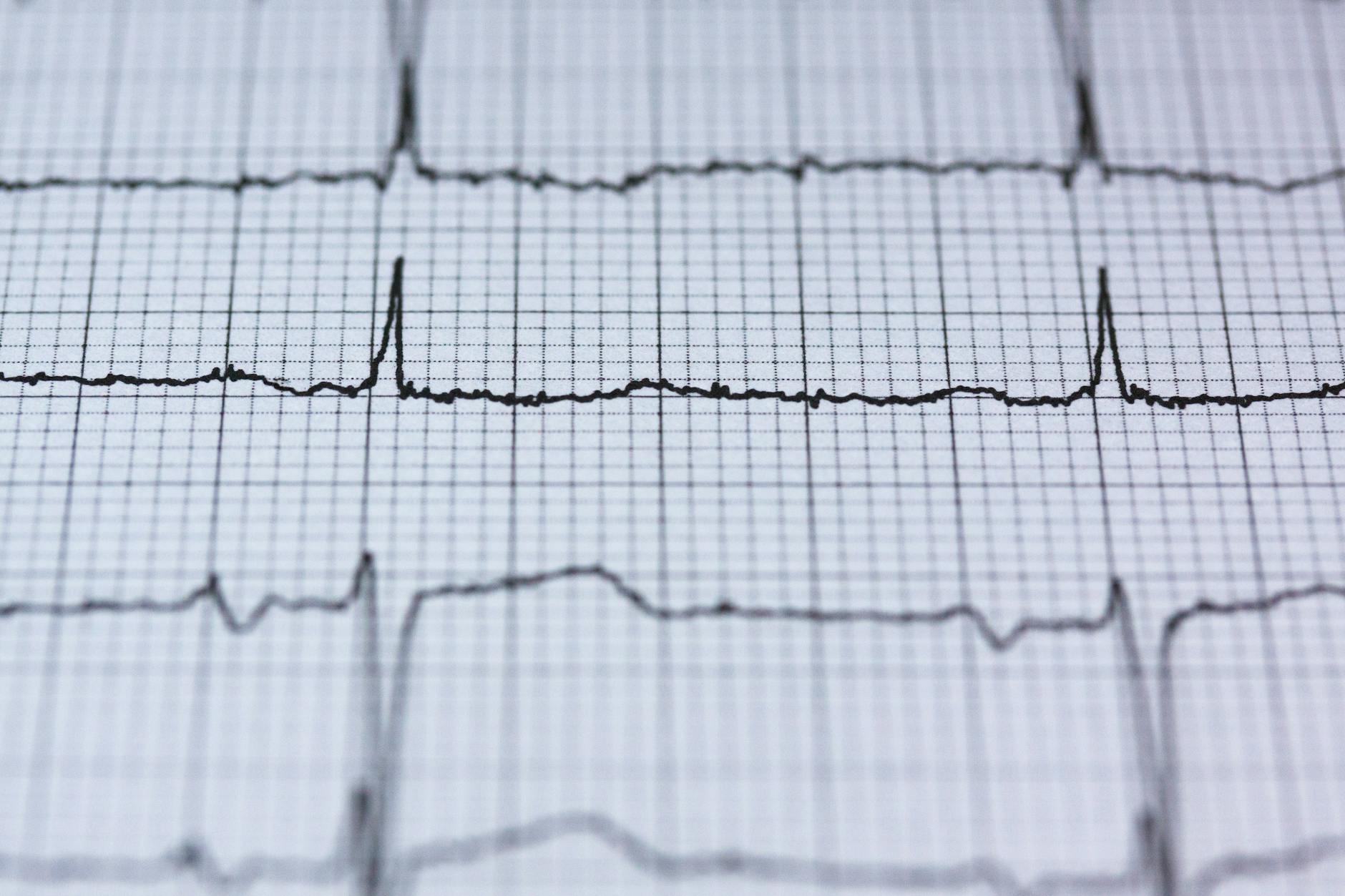Our body is working without stop. The heart is beating, the lung is allowing to inhale and exhale the air, the stomach is trying to digest the food eaten, and all the other internal organs keep working without any break so that they keep you alive. Humans cannot control these visceral activities. They function automatically, without our permission. Yet, this does not necessarily mean that we are not aware of them. People have the capacity to be aware of the stimuli created in the body performing internal activities. Interoceptive awareness refers to one’s ability to perceive and sense those signals that originated in the body.
 |
| Photo by KALZ📸🇺🇬 from Pexels |
Interoceptive awareness is a very insightful and perspective concept for all subdisciplines of psychology. For example, in terms of mental disorders, a considerable number of researches showed a link between negative mood states and maladaptive function of interoception, in the meaning of, misinterpretations or misperceptions of the body signals and this made the interoception awareness skills included in treatment programs.
The essential idea of the relationship between emotion and interoception can be explained through James-Lange theory of emotion proposing that emotions are the results of our physical reactions to external stimuli. In other words, emotions derive from the individuals’ interpretations of his/her physiological arousal.
In this article, I am going to
talk about how the procedure is going and which kind of tasks, measurements, and
techniques are used to map neural mechanisms underlying the process of
interoception in the light of the significant experiment by Critchley and his
colleagues(2004).
Heartbeat Detection Task
Do you feel your heart is beating when you give attention to it?
One commonly used way to analyze
individuals’ level of interoceptive awareness is applying tasks measuring the sensations of the cardiovascular system. It includes different methods and one of them
is the heartbeat detection task. In this task, there is an external stimulus in the
background, it is generally a note which is triggered by one’s own ECG or pulse
rhythm and the participants are required to decide whether their heart is
beating synchronically or not with this musical tone (external stimulus). Critchley
et al. added a control task requiring to give attention to the external
cue. In this task, subjects responded to the question that whether the notes
that are given have different pitches or they are all same. This control task allowed researchers to see
differences in the brain depending on attention given to internal and external
stimuli and to find out whether the performance of subjects is related to something
else rather than interoceptive awareness.
What else?
In addition to the heartbeat
detection task, researchers conducted a clinical questionnaire measuring symptoms
of anxiety, depression and they used scales to indicate how participants feel currently and how
they feel generally, as a trait affect. Those questionnaires have been used to
analyze the relationship between interoceptive awareness and emotion, and brain
regions related to this relationship.
A link between bodily signals and emotions: rAI
Functional imaging data showed what is going on in the brain when the participants are
performing heartbeat detection tasks. It is found out that the insula and some
forebrain regions were related to attention directed to the internal state. Other than that, there was a quite striking
discovery. There was a region that illustrated different levels of activity and
size depending on the internal information accuracy. This was the right
anterior insula (rAI).
FMRI data displayed a positive correlation with activity in the right anterior insula and interoceptive accuracy and rAI demonstrated sensitivity to notes’ timing with the heartbeat too. Interoceptive awareness tasks with delayed notes were accompanied by higher rAI activity when compared to synchronized notes, confirming that rAI has a role to make a person discriminate interoceptive information from external stimuli.[ii] Furthermore, there was a correlation between interoceptive accuracy and negative affectivity and the self-reported anxiety symptoms of participants which lead to the conclusion that activity in the rAI provides prediction about the emotional characteristics of individuals. Findings were supported by the further analysis made with MRI morphometry with a group of subjects who completed the body perception questionnaire measuring how a person aware of body processes. Results pointed out a correlation between gray matter volume in rAI and the score of awareness of bodily process sub-test of body perception questionnaire.
To sum up, in this elegant study,
it is found out that the anterior insula has a role in perceiving interoceptive
information and turning this information into reportable, subjective emotional
or physiological feeling states.[iii]
In other words, the right insula is the region where the cognitive representation of the
visceral information takes place and becomes a substructure for explicit
emotions. Moreover, correlation analysis
with psychological questionnaires provided a neurological structure for the
theory proposing a relationship between enhanced sensitivity to visceral
signals and negative mood.
While finishing the article, I recommend watching the presentation about interoception by Hugo Critchley in 2015 to those who found this subject interesting and want to get more novel information. The YouTube link is below.
REFERENCES
[i] Critchley, H. D., Wiens, S., Rotshtein, P., Öhman, A., & Dolan, R. J. (2004). Neural systems supporting interoceptive awareness. Nature Neuroscience, 7(2), 189-195. https://www.overcominghateportal.org/uploads/5/4/1/5/5415260/nature_neurosi_interoception_neural_systems.pdf
[ii] Craig, A. D. (2004). Human feelings: Why are some more aware than others? Trends in Cognitive Sciences, 8(6), 239-241. https://doi.org/10.1016/j.tics.2004.04.004
[iii] Rotman Institute of Philosophy. (2015, December 7). Hugo
Critchley: Interoception, Emotion, and Self: How the Heart Gates Feelings and
Perceptions [Video]. YouTube. https://www.youtube.com/watch?v=xGqr5buHsXc&ab_channel=RotmanInstituteofPhilosophy


Comments
Post a Comment